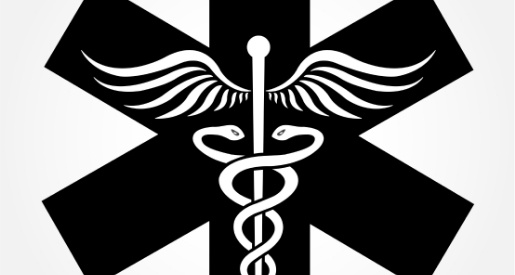Why the Deep Drawn Process Is Perfect for the Medical Industry
Why the Deep Drawn Process Is Perfect for the Medical Industry
June 9, 2015

If you have ever taken a trip to a historical museum, one of the exhibits that you have no doubt found a bit disturbing is the display of medical instruments used through history. At the time, these coarse looking devices were crafted using the most modern methods available. The resulting rugged, forged tools used by surgeons of the past look to us today as if they belong in a horror movie, not a doctor’s office.
Thankfully, industrial methods have made great strides over the decades. The instruments used in the medical field today are refined, precise, and far less medieval to look at.
Over the years the deep drawn process has become the preferred manufacturing method for a majority of medical devices, with good reason. The medical industry of today is carefully controlled and regulated by a host of standards which outline with very little room for error the criteria that any product, process, or device must conform to in order to be considered for use.
One of the most important design criteria for any medical instrument is the elimination of angles, valleys, or surface imperfections that may collect and produce bacteria. In the creation of items such as needles, catheters, and other small hollow devices, the deep drawn process holds a distinct advantage. The naturally seamless design of deep drawn tubes and cans meets this most stringent of criteria easily.
Even seamless parts can break. Imagine the impact of a surgical device or needle breaking during an operation or even general use by a doctor. The results could be contamination, infection, and most certainly pain. For this reason, medical devices are required to pass stringent tensile strength testing before acceptance from the manufacturer. To meet these criteria, the deep drawn process generates areas of increased strength through a process known as work hardening, which occurs as a natural side effect of the process. This increased durability at critical design points produces parts that are significantly stronger than those manufactured by other means, without secondary operations which can add cost and complexity to the project.
As you peer through the glass cabinet of the museum display at the medical tools of old, don’t be concerned. The deep drawn process of today creates precise, durable, highly finished devices used to save lives every day that are much less intimidating.


